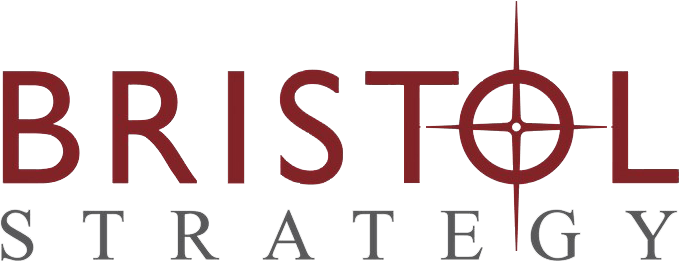Annual giving is a crucial aspect of nonprofit success. In order to leverage annual giving for effective fundraising, it’s helpful to have some guiding strategies in mind. In June, Ellen Bristol, the President of Bristol Strategy Group, was joined by Julia Beltran of Double the Donation and Melissa Smith of DipJar for NXUnite’s “The Quest for Best Practices: Annual Giving Success Strategies for Today” panel. This conversation produced a number of useful takeaways for nonprofits:
- Sales and fundraising are functionally identical
- Be fluid in your approach to reaching your donors
- Pay attention to the right metrics
Sales and fundraising are functionally identical
Ellen Bristol pointed out that “Functionally, sales and fundraising are identical. They are both ways to transfer value from the seller to the buyer.” She went on to discuss how in the nonprofit space, that often translates to the transfer of qualitative values — such as emotional or social value — from the organization to the donor in exchange for their donation.
Many of the strategies used in corporate sales can be applied to fundraising, especially if organizations can accumulate the tech and support resources they need. When considering your annual giving strategy, it’s never the wrong time to adapt these techniques or reassess your approach in order to raise more money. If your organization could use help to fundraise more productively, be sure to take a look at Bristol Strategy Group’s fundraising assessment tools. Promoting annual giving should be an ongoing process that is not just limited to the end of the year.
Be fluid in your approach to reaching your donors
Properly understanding your audience is a theme that came up repeatedly during the conversation. Melissa Smith noted that not every potential donor in your audience will be able to attend in-person events, which is one of the reasons why online giving is important for success. Be flexible when finding ways to reach your donors and consider what resources or technologies you need to meet a donor where they are. In her words, “You have to be fluid. I think you need to be considerate of your donors and what is best for them and how you can connect with them in the best way. It’s going to be different for a lot of different people. So you’ve just got to find that niche and kind of go at it that way.”
Pay attention to the right metrics
Another great tip Ellen gave is to pay attention to performance metrics during all stages of the audience engagement process. Avoid just focusing on end-stage donor metrics. While it is essential to track the financial results of your donor efforts, you should also take note of the more subtle indicators you may be able to pick up by studying the front end of the process.
As Ellen said, “How many people are aware of us? How many people respond to our messaging? How many people raise their hands and say ‘count me in’?” People want to try things out first sometimes. They want to see if they receive a thank you letter or some information about their investment, which is why you should do your best to tie your fundraising data to mission-impact data.
Formulating a strategy to approach annual giving can be a challenging task, but these insights are a great place to start. As your nonprofit continues to innovate its fundraising strategy, be sure to continue to leverage educational resources, like nonprofit podcasts about annual giving. Overall, remember that careful, consistent attention to your annual giving process throughout the year will set you up for success.

